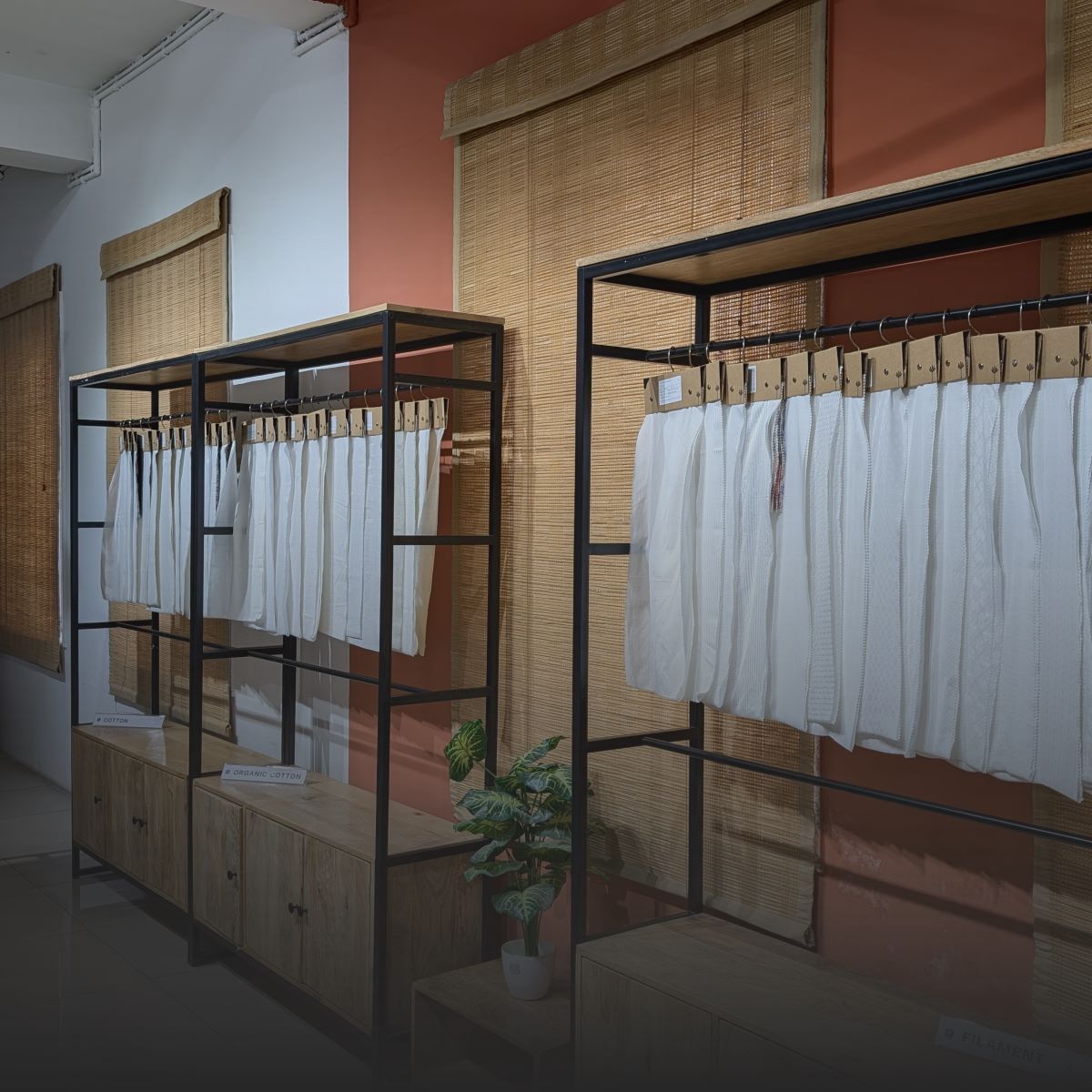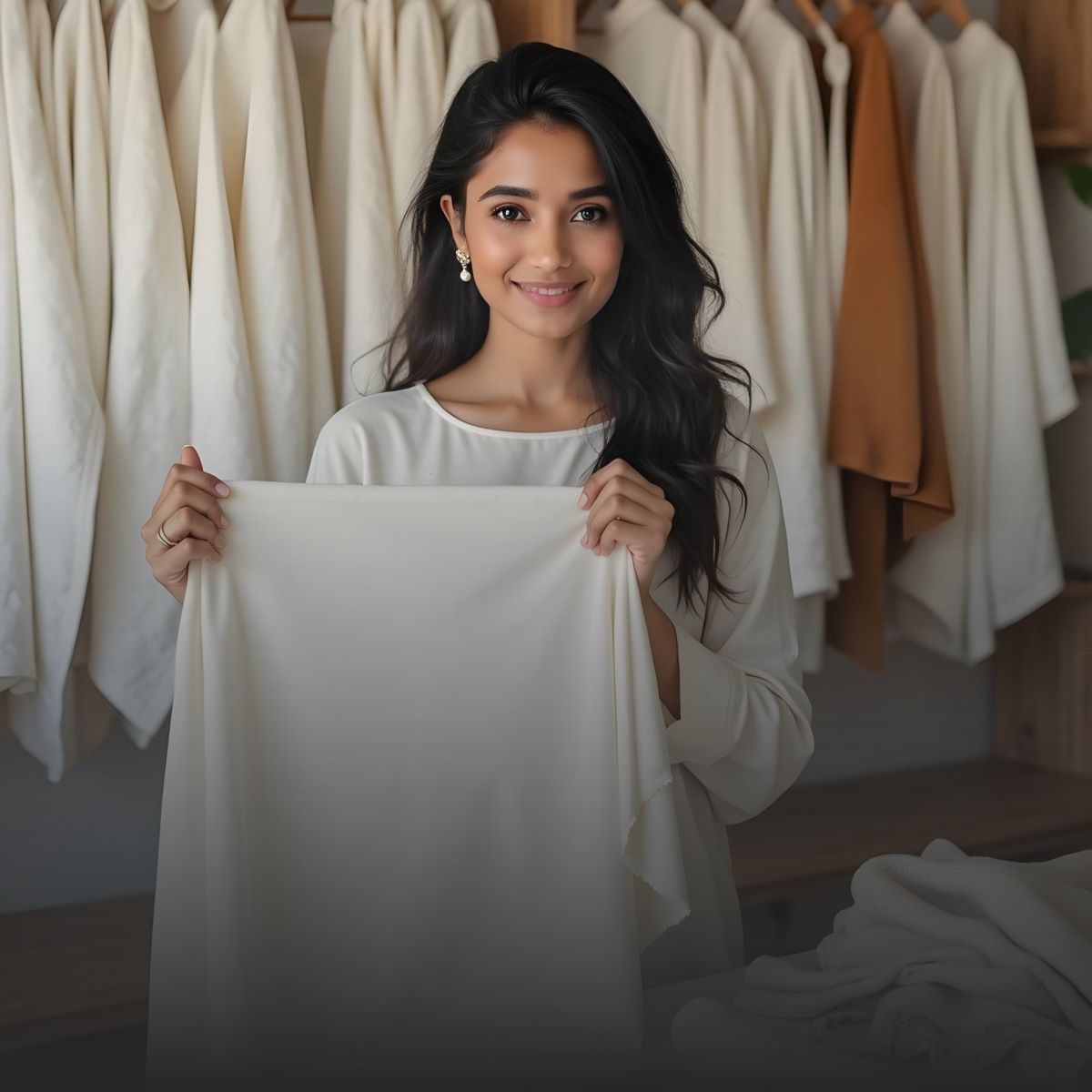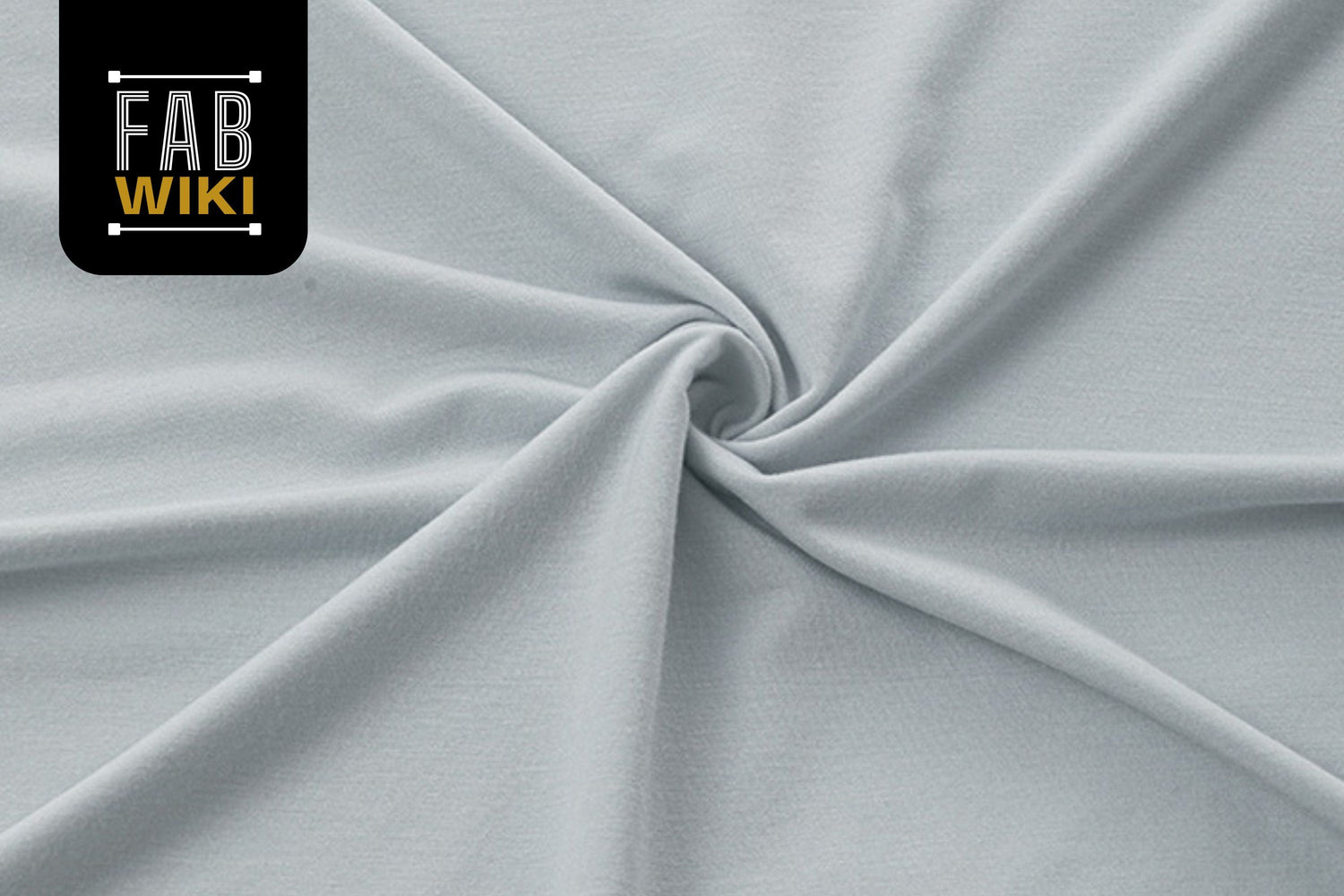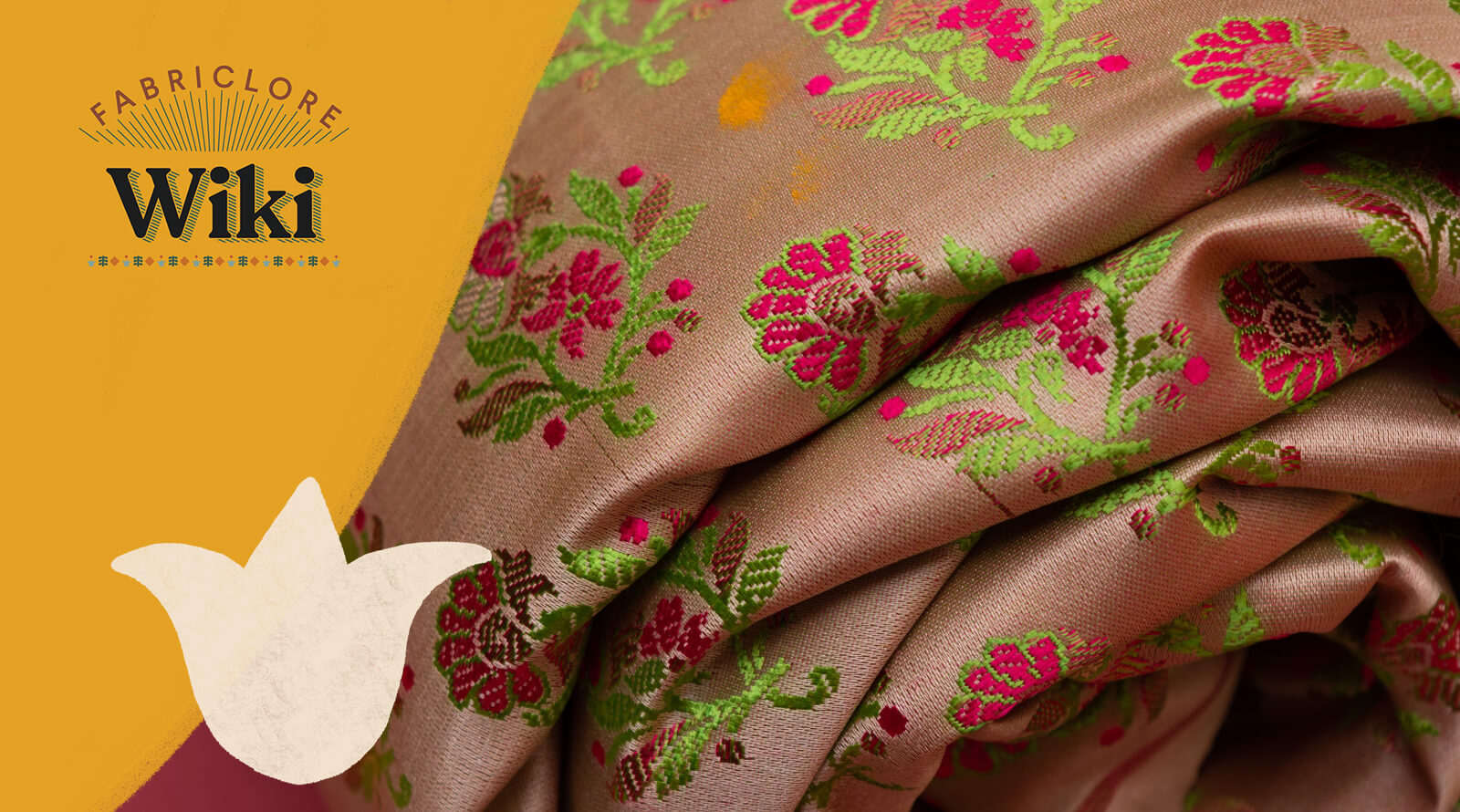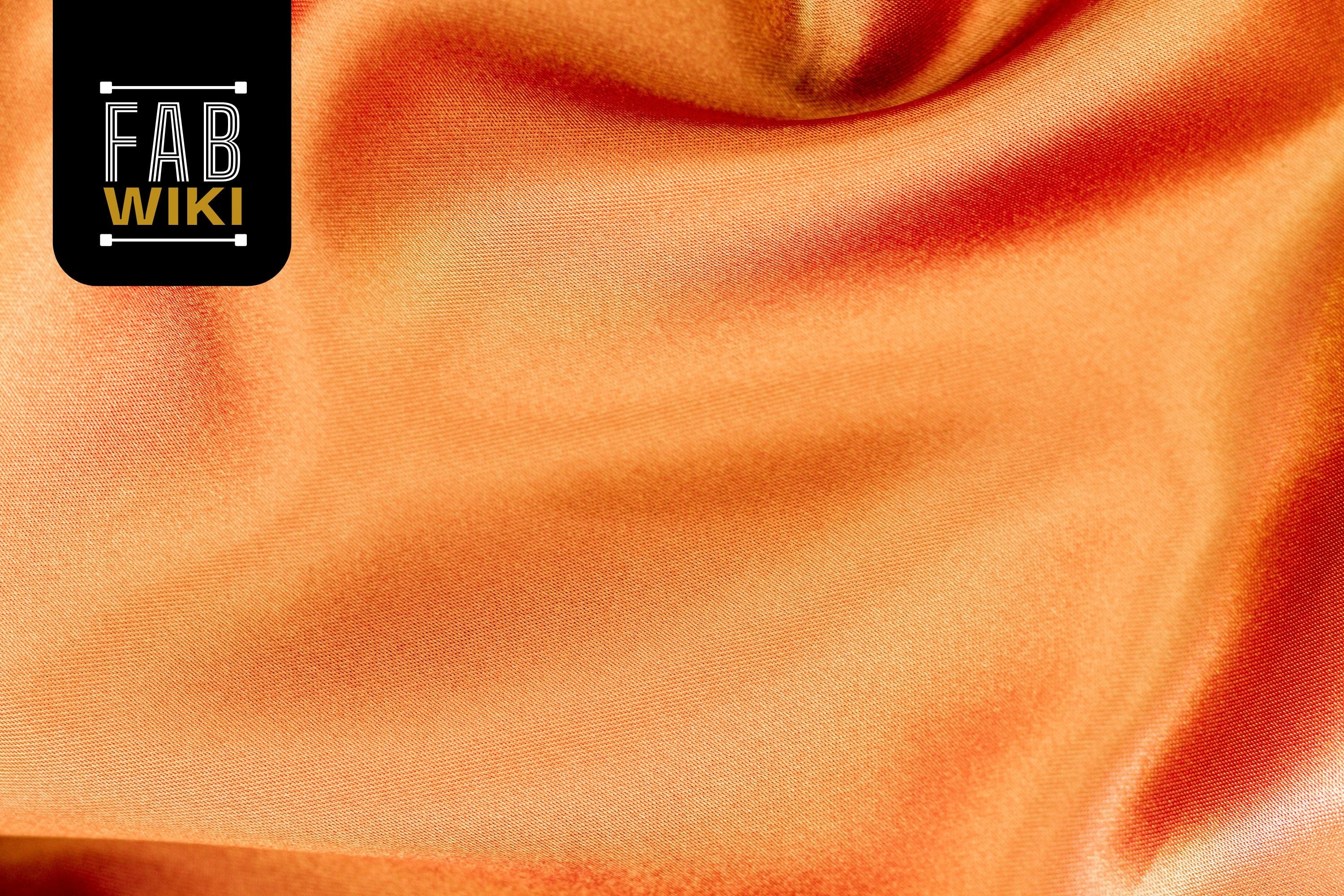The global fashion industry is constantly evolving toward sustainability and innovation — and Modal Silk Fabric is a shining example of this evolution. Blending the luxurious sheen of silk with the softness, breathability, and eco-benefits of modal fibre, this fabric is winning hearts among modern designers and textile manufacturers.
From luxury dresses and sarees to resortwear and scarves, modal silk offers a fluid drape and sophisticated texture — ideal for brands seeking both elegance and functionality. This guide explains everything you need to know: what it is, how it's made, where it's used, and why it's considered one of the most promising sustainable textiles in modern fashion.
What Is Modal Silk Fabric?

Modal silk fabric is a regenerated cellulosic textile designed to replicate the softness, sheen, and drape of natural silk — without the high cost or ethical concerns. It is made by blending or finishing modal fibres (from beechwood pulp) in a way that mimics silk's smoothness and lustre. Some modal silk variants even include a small percentage of genuine silk, while others are 100% plant-based.
In simple terms, Modal silk gives you the look of luxury with the comfort of nature.
Key characteristics include:
- Glossy, fluid surface like silk charmeuse.
- Breathable, soft, and moisture-absorbent.
- Durable and easy to wash (compared to pure silk).
- Affordable and eco-friendly alternative to animal-derived silk.
How Modal Silk Fabric Is Made

The magic of modal silk lies in how it's produced. Each step adds strength, softness, and lustre that define the fabric's character.
Production process:
- Cellulose extraction: Beechwood or birchwood pulp is treated to extract pure cellulose.
- Polymerization: The pulp is dissolved into a viscous solution, forming a modal polymer.
- Spinning: The polymer is extruded through spinnerets to form fine, silky fibres.
- Drawing & texturing: Fibres are stretched to increase tensile strength and smoothness.
- Weaving / Knitting: Modal yarns are woven or knitted to create different textures — from satin-like surfaces to crepe finishes.
- Finishing: The fabric undergoes dyeing, mercerization, or enzyme treatment for enhanced sheen, drape, and colourfastness.
The result is a fabric that feels like silk but behaves like a modern performance fibre.
Types of Modal Silk Fabric
Depending on weave, finish, and application, modal silk comes in several variants.
Here are the most common ones found in fashion and interior design markets:
|
Type |
Composition |
Texture & Finish |
Common Uses |
|
Pure Modal Silk |
100% modal |
Smooth, shiny, lightweight |
Dresses, blouses, scarves |
|
Modal Silk Blend |
Modal + Silk (10–30%) |
Slightly heavier, more lustrous |
Sarees, luxury tops |
|
Modal Satin / Crepe |
Modal fibres with satin or crepe weave |
Glossy and drapey |
Resortwear, evening gowns |
|
Digital Printed Modal Silk |
Pre-treated modal silk with digital prints |
Vibrant, detailed designs |
Contemporary fashion collections |
|
Textured Modal Silk |
Modal yarns with slub or jacquard textures |
Softly uneven for depth |
Premium interiors, ethnicwear |
Key Features & Benefits

Before investing in a fabric, designers must understand what makes it perform — not just how it looks. Modal silk combines aesthetics and functionality in rare balance.
1. Softness & Comfort
- It has the feel of real silk, but it's smoother.
- It's great for sensitive skin because the cotton base lets air pass through it.
2. Drape & Flow
- Modal silk is easy to move in, making a shapely outline.
- Great for clothes that move, like sarees, gowns, and dresses.
3. Durability
- Stronger wet-strength than rayon or viscose.
- Less prone to shrinking or warping during washing.
4. Moisture Absorption
- Absorbs up to 50% more moisture than cotton.
- Keeps skin cool and dry — a significant plus for tropical climates.
5. Sustainability
- Derived from renewable beech trees.
- It can be made using closed-loop production, which recycles water and solvents.
6. Affordability
- Offers a premium look similar to silk but costs far less.
- Allows small brands to achieve luxury aesthetics within budget.
Modal Silk vs. Silk vs. Rayon: A Comparison
|
Property |
Natural Silk |
Modal Silk |
Rayon / Viscose |
|
Fibre Source |
Silkworm cocoons |
Beechwood pulp |
Cellulose (varied) |
|
Appearance |
Lustrous, luxurious |
Shiny, fluid |
Moderate sheen |
|
Cost |
Very high |
Moderate |
Low |
|
Care |
Delicate, dry-clean |
Easy to wash |
Moderate durability |
|
Sustainability |
Animal-based |
Plant-based |
Semi-synthetic |
|
Durability |
Good |
Excellent |
Fair |
|
Best For |
Couture & high fashion |
Everyday luxury |
Affordable wear |
Verdict: Modal silk strikes a perfect balance between luxury, comfort, and responsibility.
Applications of Modal Silk Fabric
Because of its versatility, modal silk is used across various product categories in fashion and interiors:
- Women's Apparel: Dresses, sarees, kurtas, tops, tunics, skirts.
- Men's Wear: Shirts, ethnic jackets, linings, scarves.
- Accessories: Stoles, shawls, hijabs, ties.
- Home Textiles: Drapes, cushion covers, and bed linens.
- Luxury Crafts: Hand-painted or digitally printed designer fabrics.
Pro Tip: For digital printing or embroidery, always request RFD (Ready-For-Dyeing) modal silk for best results.
Sustainability Aspect of Modal Silk
Modal silk is often sold as an eco-friendly alternative to silk. But how long can it last?
Environmental Benefits:
- Sources that are renewable: Made from wood pulp that comes from sustainably grown trees, mostly beech trees.
- Processing in a closed loop: Up to 95% of the water and solvents are used again.
- Being biodegradable: Synthetic fabrics don't break down naturally, but pure modal fibers do.
- Another vegan option: 100% cruelty-free alternative to silk made from animals.
Considerations:
- Some modal production still uses chemicals (like sodium hydroxide). Choose suppliers following LENZING™ or FSC-certified standards.
- If blended with polyester or silk, recyclability decreases — verify blend ratios before sourcing.
Practical Sourcing & Production Tips
Make sure your provider meets important technical and moral standards before you order modal silk.
Fabric Sourcing Checklist
- GSM & width: Verify (usually 100–180 GSM, 54–58″ width).
- Certifications: OEKO-TEX®, LENZING™, FSC, or GRS (for recycled modal).
- Sampling: Always order swatches for drape, sheen, and color match.
- Lead time: Confirm production & dyeing turnaround (typically 2–4 weeks).
- MOQ: Pick providers that offer low minimums (from 1 m to 100 m) for small batches and samples.
Manufacturing Guidelines
- Use sharp rotary blades for cutting smooth edges.
- Opt for Teflon sewing feet to prevent sticking.
- Choose fine needles (size 9–11) for minimal fabric pull.
- Test seams and finishes before bulk production.
Why Designers Love Modal Silk

Fashion brands and small-batch creators are increasingly drawn to modal silk because it empowers creativity and sustainability together.
Here's why:
- Works beautifully for digital prints and Pantone dyeing.
- Blends style and performance — soft yet structured.
- Enables small-scale production (low MOQ sourcing).
- Ideal for resortwear, fusionwear, and couture accents.
- Combines eco-storytelling with timeless luxury appeal.
Future of Modal Silk in Fashion
The demand for plant-based, sustainable, and luxury fabrics is rising globally — especially in markets like the USA, UK, and India.
Emerging trends include:
- Modal silk blends with Tencel™, Bamboo, or Hemp for added sustainability.
- Digital printing innovations with ultra-HD graphics on modal bases.
- Integration into eco-luxury bridal and resort collections.
- Use of AI-based fabric quality monitoring and 3D visualization in sourcing platforms like Fabriclore.
Conclusion: The Smarter Alternative to Silk
Modal silk fabric bridges tradition and technology — providing the grace of silk with the practicality of modern fibres.
It's not just a cheap option for designers, boutiques, and private brands; it's a strategic choice that helps fashion be sustainable, scalable, and flexible.
When brands use an open, verified site like Fabriclore to find suppliers, they can get low-MOQ modal silk fabrics, custom dyeing, and digital printing, all while upholding quality and moral standards.
Modal silk is not a compromise — it's a conscious evolution of elegance.
Explore more:
- Buy Modal Silk Fabric – Fabriclore Collection
- Sustainable Fabric Range
- Custom Digital Printing Service
FAQs
1. What Is Modal Silk Fabric Made Of?
Modal silk fabric is made from regenerated cellulose fibres derived from beechwood pulp. These fibres are spun and finished to replicate silk's sheen and smoothness. Some versions may include a small silk percentage.
2. Is Modal Silk Sustainable And Vegan?
Yes. Modal silk is plant-based and cruelty-free. It's considered a vegan alternative to silk, mainly when produced using certified LENZING™ Modal or FSC-approved wood sources.
3. How Should I Care For Modal Silk Garments?
Here are some tips for care this fabric:
- Wash gently in cold water or use a delicate machine cycle.
- Avoid harsh detergents and bleach.
- Iron at low-medium heat on the reverse side.
- Air-dry flat to retain sheen and structure.
4. Can I Print Or Dye On Modal Silk?
Yes. Modal silk is perfect for digital printing, screen printing, or block printing. Its smooth texture allows rich color absorption and detailed designs — ideal for creative, small-batch fashion lines.
5. Where Can I Buy Modal Silk Fabric Online In India?
You can source high-quality, certified modal silk fabrics from Fabriclore.com — India's leading digital sourcing platform offering low MOQ (1 m–100 m), custom printing, Pantone dyeing, and global delivery for designers, brands, and manufacturers.
We also happen to be a magnet for suggestions, and would love to catch yours….throw us yours on hello@fabriclore.com
